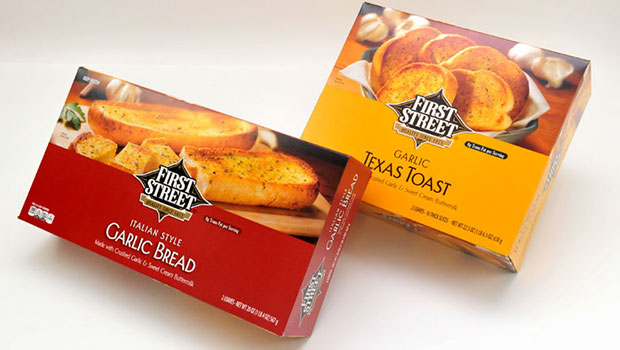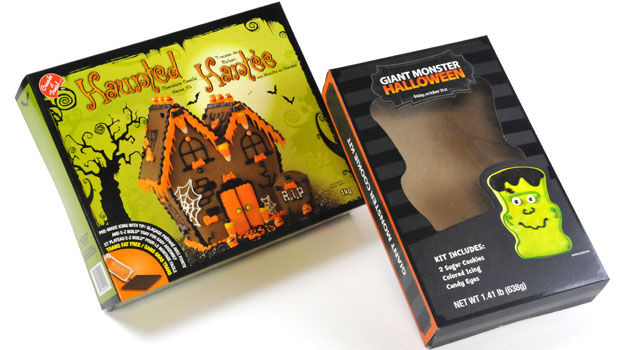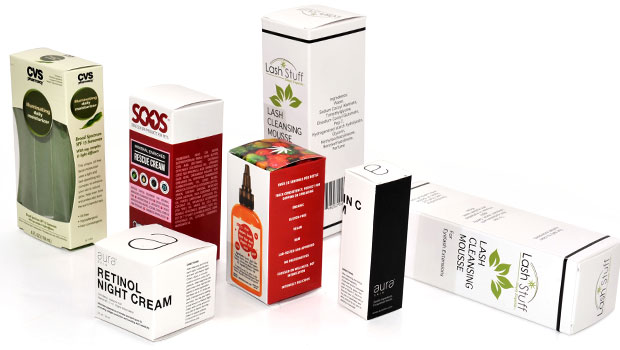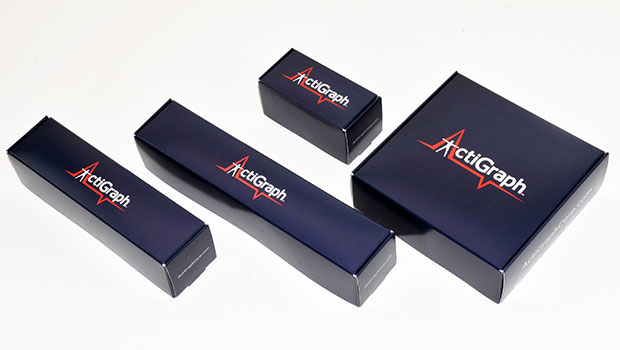With fall and winter approaching, it is the perfect time to make sure that your packaging is able to survive the cold. Depending on the materials you use or the style of packaging you have, it may become brittle or be more likely to break during the cooler months. Damaged packaging can harm your product or simply make an item less likely to sell when it is sitting on the shelf in a store. Consumers are much less likely to buy an item if its box, bottle, or container is damaged because they will be worried about damage to the product itself. They may see damaged packaging as an indication of the effort you put into your product, implying that the item itself is poor quality and easily damaged as well. To avoid these issues, follow these simple steps and ensure that your packaging is ready to survive the cold weather and remain intact keeping your product in great shape.
Use the Right Materials
The first step to getting your package to survive the harsh cold months is to choose your materials carefully. Corrugated cardboard can have some loss of mechanical strength when exposed to extreme cold, but as long as you aren’t reusing a cardboard box in extreme temperatures, it should remain in one piece. Commercial wooden crates probably won’t have any issues either, although they may be susceptible to the moisture from snow. The majority of cushioning foam and styrofoam should be fine in cold temperatures, although options like polyethylene may lose some of its flexibility when the temperatures start dropping far below zero. For example, if polypropylene gets below zero degrees Fahrenheit (-17.7 Celsius), it will start to become brittle. This means it should be avoided in colder temperatures since it may break if dropped or kicked. You should, therefore, avoid using materials during the winter, like corrugated plastic, that contain polypropylene.
Use Thermal Elements
If you are concerned about the packaging protecting your product in cold weather as opposed to the packaging itself staying in good shape, then consider using a thermal container. Even something simple like lining the interior of your packaging with styrofoam or a temperature-controlled shipping container can help. This will only be necessary, however, for shipping large quantities of your product to stores or sending them to clients who make online orders. Heat-storing elements aren’t necessary for the trip between a store and a customer’s home.
Care with Labels
When checking your packaging’s ability to stand up to the cold, don’t forget to consider labels. Some labels will peel off in colder temperatures, but you can minimize this risk. Store the labels at the ideal temperature specified and apply them at room temperature, with the product preferably being slightly warmer than the label. Try to maximize the amount of time that the labeled product is at room temperature before shipping to improve its adhesive abilities.
Do a Test Run
In addition to following the tips mentioned above, you can physically test your packaging in cold conditions. Find a company that does short-run packaging with small orders and place their minimum order. Use this packaging to test how well the packaging holds up to the cold and if it does well, make a larger order.




